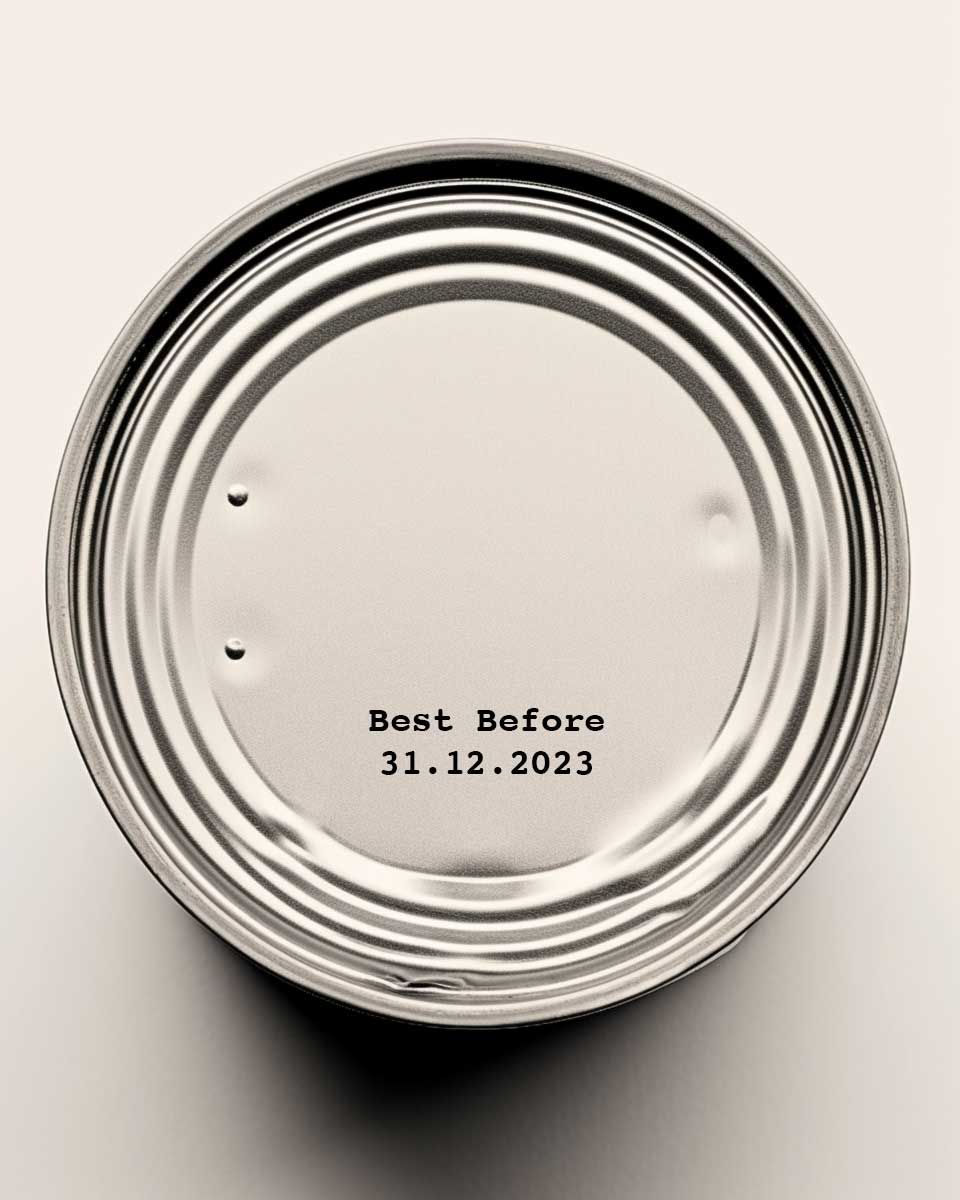History of Food Expiration Dates
The history of food expiration dates can be traced back to the 20th century, when the concept of open dating emerged as a way for manufacturers to communicate the freshness and quality of their products. The practice gained traction in the United States in the 1970s, as consumer advocacy groups pushed for increased transparency and food safety standards. However, the lack of federal regulation led to a patchwork of state laws and voluntary guidelines, resulting in varied and sometimes conflicting practices. Over time, the food industry has made efforts to standardize expiration date labeling, but inconsistencies still persist.
The difference between Best if Used By/Before vs Use By vs Sell By
The terms “best if used by/before,” “use by,” and “sell by” each carry specific implications:
“Best if used by/before” indicates the date by which the product is expected to have the best flavor, texture, or overall quality. It is not a safety date, and the food may still be safe to eat after this date, although its quality may decline.
“Use by” is the last date recommended for the use of the product while at peak quality. It is often used for perishable items that may spoil quickly. Unlike “best if used by,” this date may have implications for food safety.
“Sell by” is a date used by retailers to inform their inventory management. It is not intended for consumer use and does not necessarily mean the product is unsafe or of poor quality after this date. Consumers should still use their judgment regarding quality and freshness.
When to actually throw out food
When determining whether to throw out food, it’s important to consider factors beyond the expiration date, including the type of food, storage conditions, and signs of spoilage. While canned goods and dry pantry items may last well beyond their expiration dates, perishable items like meat, dairy, and produce should be consumed within a certain timeframe to ensure safety. Trust your senses—offensive odors, changes in color or texture, and mold are clear indicators that food has gone bad. Additionally, use safe food handling practices and proper refrigeration to extend the shelf life of your food and prevent spoilage.
It’s also important to understand that expiration dates are not the same as “guaranteed safe” dates. Although they serve as helpful guidelines, they do not guarantee that a food product is free from harmful pathogens or spoilage. In fact, foodborne illness can occur even when food is consumed before its expiration date, especially if it has been improperly handled or stored. As such, it’s crucial to maintain good kitchen hygiene, wash hands and surfaces frequently, and cook foods to recommended internal temperatures to ensure safety.
In addition to health considerations, being mindful of food expiration dates can also help reduce food waste, a significant global issue that has environmental and economic implications. By better understanding and interpreting food expiration dates, consumers can optimize their food purchases, use products before they spoil, and minimize the amount of food that ends up in landfills. There are also inno
